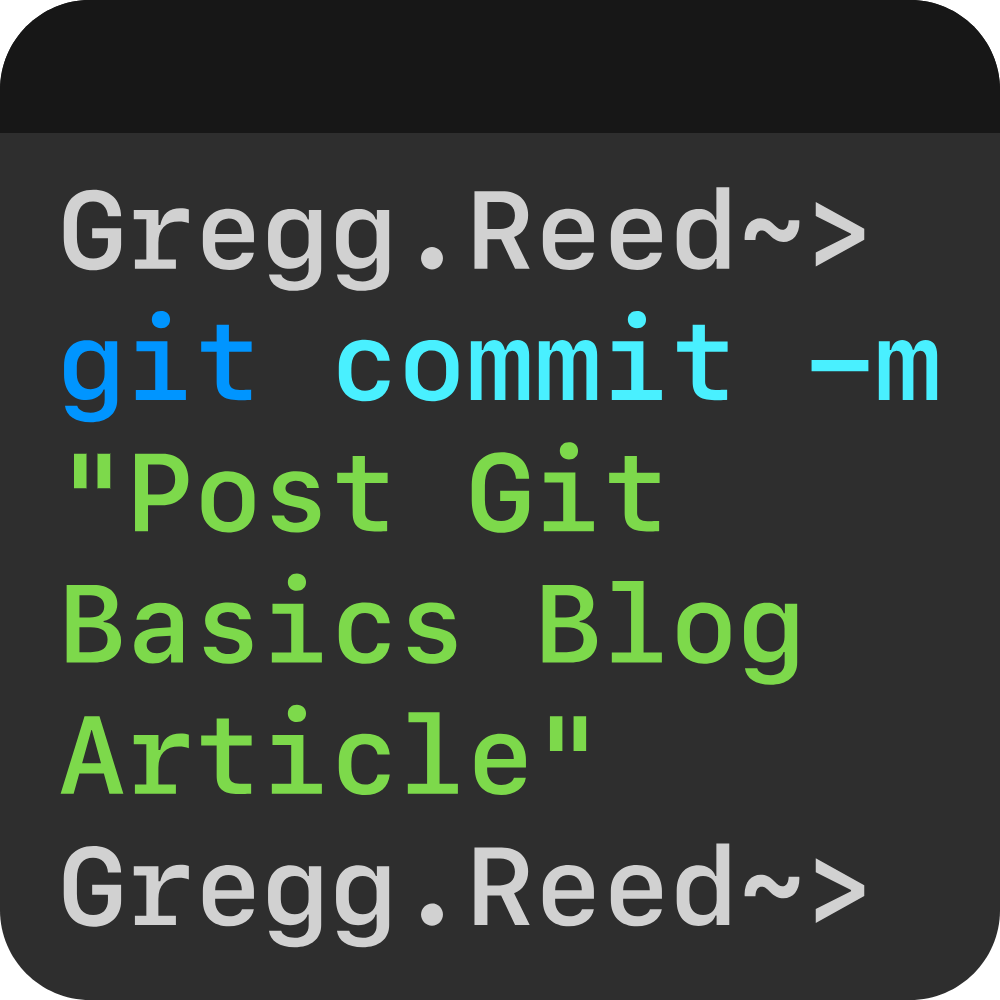Git Basics
The information for this blog post was taken from the content of a Git Basics training at EG’s 2020 QA Retreat. The purpose of this training was to provide a baseline for Automated Test …


The information for this blog post was taken from the content of a Git Basics training at EG’s 2020 QA Retreat. The purpose of this training was to provide a baseline for Automated Test …

Failing to prepare is preparing to fail. – John Wooden Writing strong automated tests comes down to preparation. (I never thought I would be drawing connections between sports and automated …

In our previous post, Selenium Java: An Intelligent Example Part 2, we dug into the code. We demonstrated how everything is tied together. We outlined the BasePage, WebDriverResource, and …

In our previous post, Selenium Java: An Intelligent Example Part 1, we described how to manage Technical Debt and the importance of using a Page Model. We also gave an overview of the classes used in …

In our introductory post, A Survey of the Automated Testing Landscape, we defined the problems we often find in automated testing. In this series, we will walk through an intelligent example of a …

The tools available in test automation these days are pretty amazing. The options are getting a little overwhelming. You could choose to pay for an expensive product that would make a lot of decisions …

Android UI testing is often overlooked, although most developers know it’s something that they should be doing. It’s like eating your vegetables – it’s not a pleasant experience for some, but it …
Previously, on Avatar… In prior introductory posts (part 1, part 2), we covered why E-gAT is a toolkit and not a framework, dropped some philosophy around leveraging the power of an organization’s …
Page Object Pattern: Smart, and… From our considerable experience in software, we’ve learned the great value of leveraging industry best practices and patterns – because the industry at large has even …
Making the Most of Opportunities Early in 2015 we had some time available for a short internal project. One E-gineer had just rolled off an engagement where the client was building automated test …

I presented an introduction to JMeter at our local Java User’s Group here in Indianapolis, known as IndyJUG. For those who attended the meeting, I promised to make the presentation slides and …